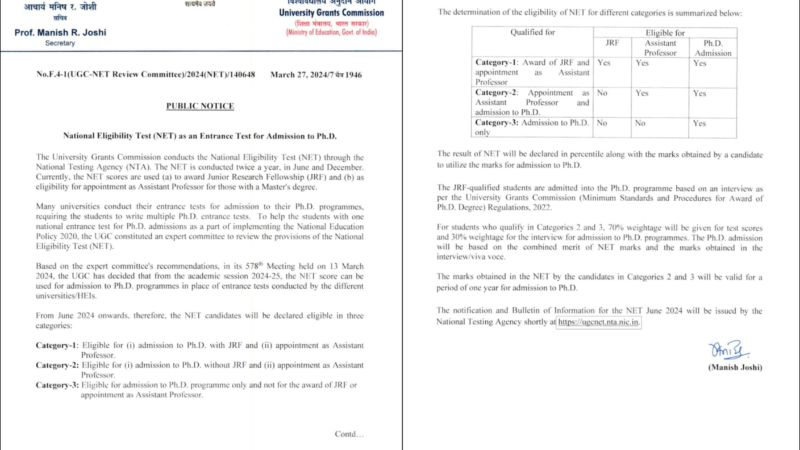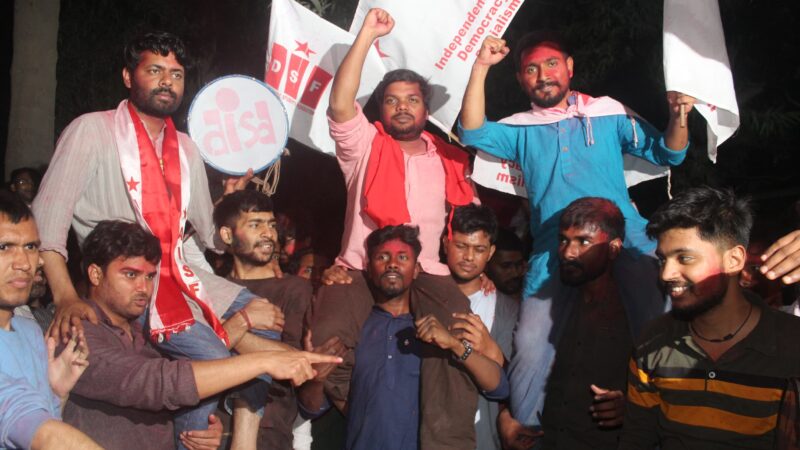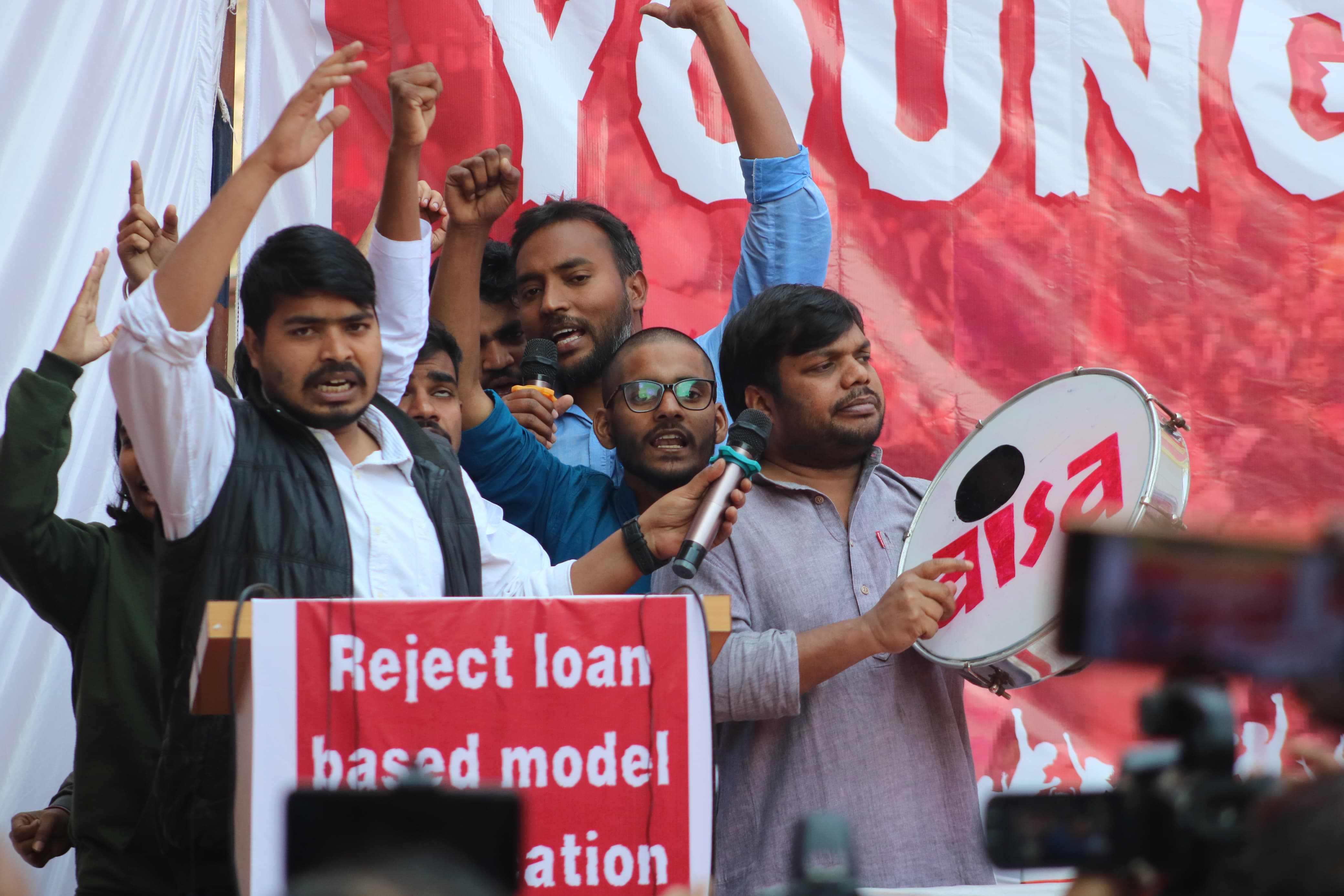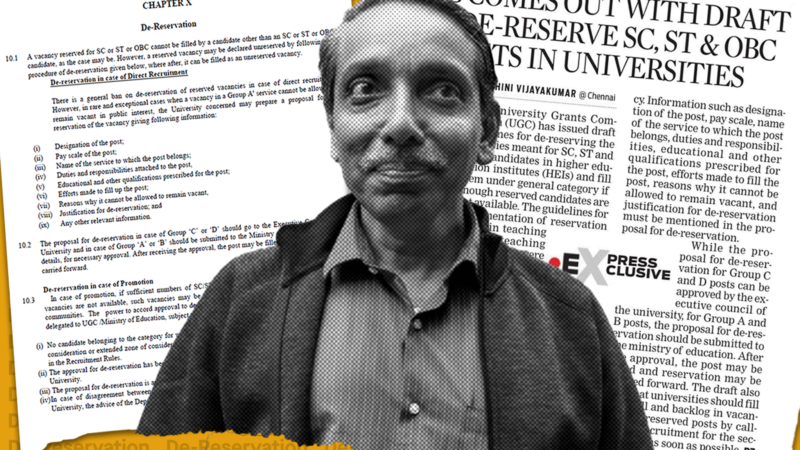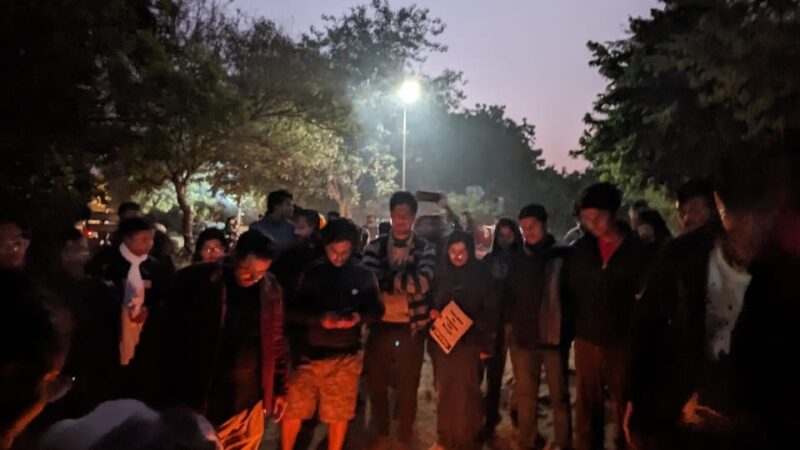Organizing Movements
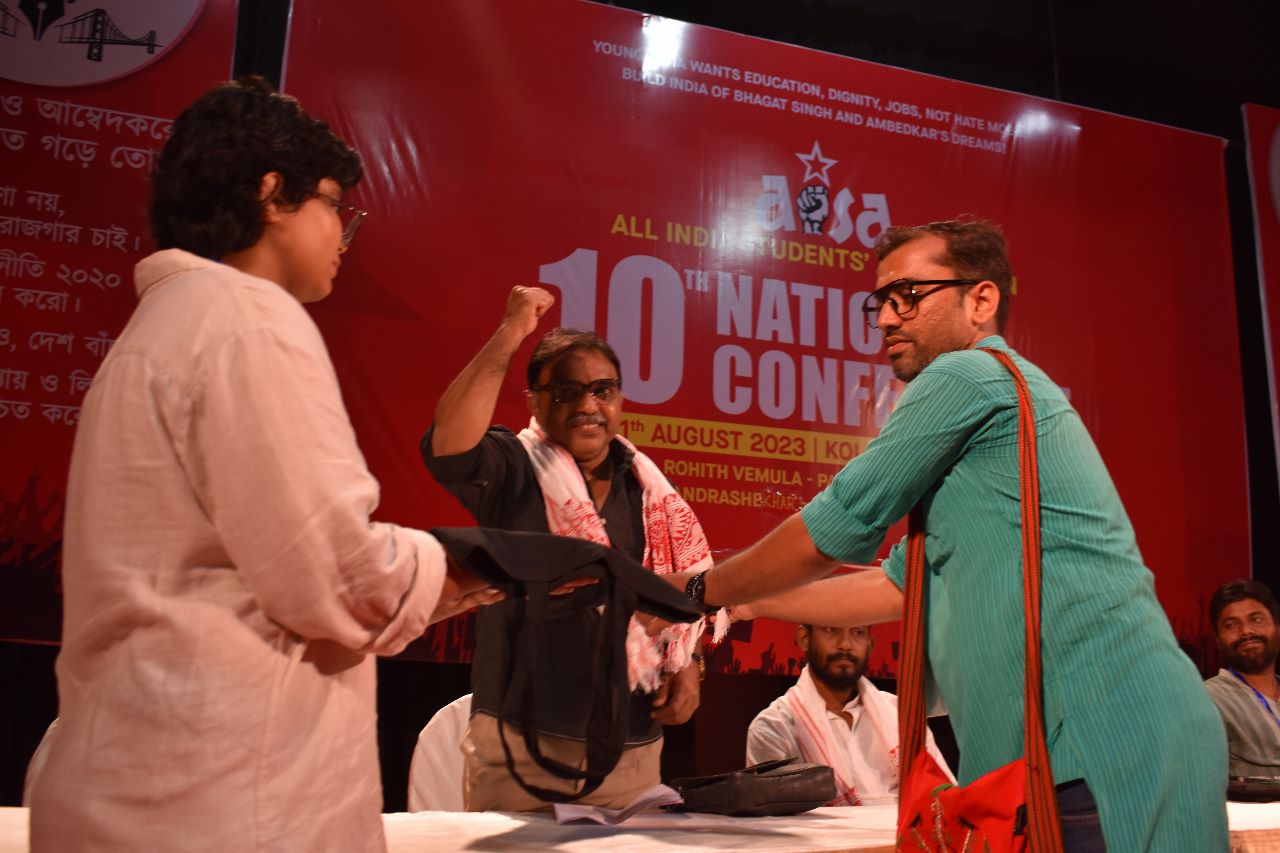
By Kumar Rana
Inaugural Speech at the All India Conference of All India Students’ Association (10 August, 2023)
I am grateful to the organizers of the All India Conference of the All India Students’ Association for creating a scope for me to join the meeting. The occasion retrieves for me some of the moments from the past, which I never wanted to lose in the oblivion. This is especially so, for I belong to a community the social existence of the members of which was shaped, to varied degrees, by students’ movements. Joining students’ movement, no matter in which capacity–as organizer or sympathizer, leader or cadre–in itself is a great experience of life. It is a social moment with special significance, for it gives you the opportunity to multiply your education: firstly, your involvement in a movement takes you many miles ahead in the pursuit of truth, and secondly, the experiences gained through myriad activities while involved in the movements adds a lot to your social existence. In other words, the way education has twin values–intrinsic and instrumental; involvement with students’ movements has also two distinct but interrelated virtues.
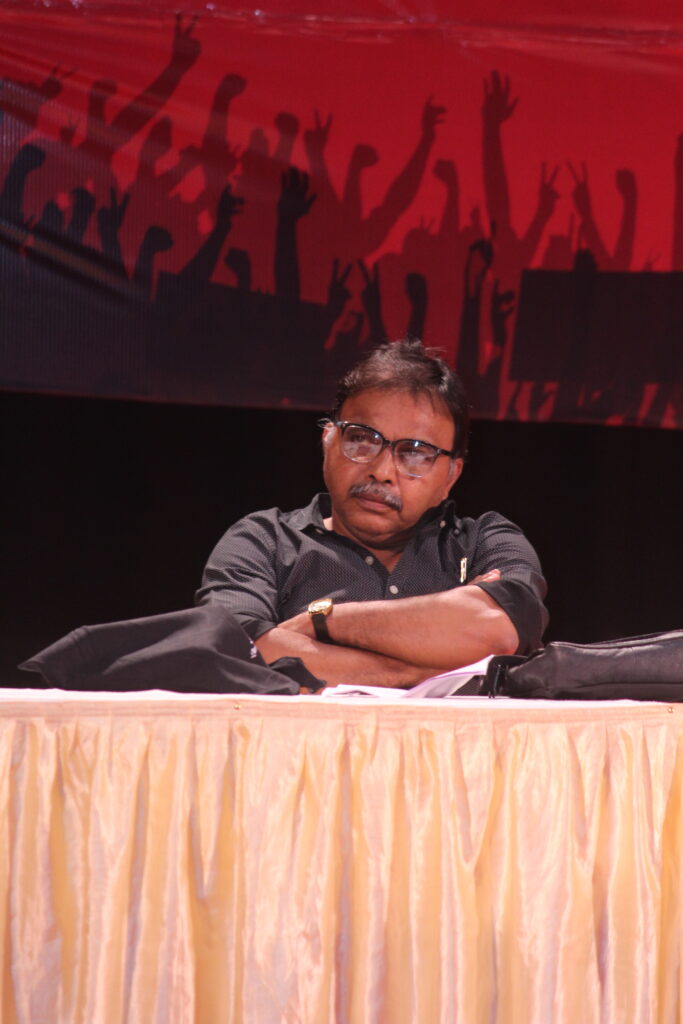
As a ‘beneficiary’ of students’ movement let me welcome you all to Kolkata–the city of joy. Of course, the city of joy is an overriding nomenclature attributed to it by the author Dominique Lapierre who found unending energy of the working class population of the city to enjoy life amidst poverty and destitution, fluidity and uncertainty, and fragility and powerlessness. The helpless poor, the slum dwellers and homeless, who consist about one third of the total population of the city, cannot even share a grain of the facilities of city life. They lack everything–decent shelter, school, health centre, and protection from extortionists and police atrocities. Even many of the homeless–nearly 70,000 according to 2011 Census– don’t even have the basic citizenship documents. Well intended as it was, Lapierre’s nomenclature offered the upper crust city dwellers of Kolkata a chance to twist the inner substantiality of the phrase to a self-exculpatory fallacy. Kolkata is no aberration. Any city, for that matter, is characterized by the existence of contrasting realities. The contrast, however, has different layers. While one is manifested by the existence of lesser citizens and the elites, the other is manifested in the demographic composition of the elites. Youths, who have found an entry into the institutional sanctuary of education, mainly the colleges and universities, but sometime in the schools too, form a characteristically different elite group that reacts to the existing social order in an interrogative way. Students, in a generalized articulation,
Do not enjoy any definite relations to the productive process. While they are students, their careers remain uncertain. Their fate will be settled by imponderables like the state of the labour market and their performance in examinations. … Students are defined socially by their transitional situation. … The effect of the examination system is not to unite students into a cohesive group but to atomize them, each student’s fate is settled by his or her individual performance separated from that of all the others. But they are an oppressed group… Insecurity about the future is soon reinforced by the isolation of life on the campus. Although the discipline is less rigid than at school, decisions about the content of courses, appointments, price levels or anything else remains just as remote. The corridors of power inside colleges are certainly not for the use of students, except on a few occasions and only then at the convenience of the authorities. This general alienation of students creates their readiness to rebel.
The readiness to rebel is best manifested in the students’ movements of the 1960s and 1970s, across the world. Barring a few, most of the movements emerged as a kind of revolt against what they felt unjust and oppressive, no matter which people were at the receiving end of the injustice and oppression. Indeed, the students. Movements of the 1960s and 1970s, were not confined to particular city, or national boundaries. It was not a mere co-incidence that students of the US universities and students of this city, Kolkata, the then Calcutta, took, at the same time, the protest against US aggression of Vietnam to a newer height. For a period in the 1960s, as an observer points out,
Student movements and the social explosions they provoked on campuses across the world contributed more than any other social group to a changing social climate. Even if they were often brief and spasmodic, they altered the balance of ideas and values in advanced capitalist society. They also provided key cadres for other movements of the period. SNCC, for example, brought new life and impetus to the US civil rights movement at a moment when it seemed to be in the doldrums, and its ideas and activists inspired both the black power movement and, indirectly, the Black Panthers Party.
However, students’ protests did not appear in isolation–they were very much products of interactive social processes. Particular social settings give rise to particular motions, with varied characteristics. For example, many of the pre-1960s students’ movements including that occasioned with the 1848 French Revolution sided with the state. Similarly many of the movements, especially after the 1990s, were regressive in nature. Within half a decade of the glorious movement of 1975 that contributed immensely to shape Indian politics in a democratic way, a reactionary surge in the name of Anti-Mandal students’ agitation, well supported by the mainstream media and ultra-right groups, fought against the democratic values and achievements of the country. The emergence of an ultra-right politics, both a cause and effect of the aggressiveness of capitalism, has re-shaped the contemporary social moments into various conceptual deformities to thrust upon the human species. The deformities often come in amalgamation: addicted nationalism merged with fanatic religio-political coercion; replacing the real developmental goals of education and health for all by an intoxicated persuasion of growth; brutal onslaught on the planet earth while demolishing the diverse ideas and institutions of democracy prevailed among the peoples living with nature; and so on. The new offensive, devised and executed by neo-liberal political militants, has especially targeted the education sector. It has created such a condition that students can blissfully forget the social moments they ought to inherit–the moments of challenging the authority. Ruling dispensations in most part of the world are desperate to abolish the very concept of education: they have almost launched a war to convert the public good into a private commodity. The New Education Policy 2020 in India is one of the crudest example of such assault. The circle is made fuller by many of the state government’s embracing this policy. Even those like the present government of West Bengal, the self-styled champions of secularism, have made themselves most loyally available for the services of capital. The state education sector, no need to explain, is already in jeopardy, and by almost copying the contents of the NEP 2020 for the state’s education policy, it has as though made a declaration to follow the dictum of capital in letters. Not just in the education sector, many of the self-styled anti-fascists have been engaged in imposing on the people in their domain of power the most undemocratic and pro-capital regimes, making it hard to build up a broader democratic platform. The danger is much severe than one can imagine.
Here comes the responsibility of organization, the responsibility of organizing each fragments of the students’ communities–in schools, rural colleges, the so called second rated universities, and the so called centres of excellence. History has made us stand at such a crossroad that there is no option for retreat. Now, if the only way left is to move forward, the means to moving forward is to personify greater solidarity.
It’s a matter of great hope that many organizations across the world, AISA included, are finding newer avenues and are consolidating the means. Students’ organizations’ extending support to the most deprived primary school children during the Covid crisis is a great example of such consolidation. Organizing movements cannot but involve the task of widening the circle and combining the different priorities of different groups–within the students and beyond. In the past many or most of the movements bore the marks of spontaneity. In our living present, movements need to be organized. I very much hope that AISA’s contribution in that organizational movement will supply us all the much required inspiration. The deliberations in the conference, I believe, will widen the horizon and deepen the sensibility.
(Kumar Rana is a progressive social scientist, columnist and campaigner for education, health rights and rural empowerment)
